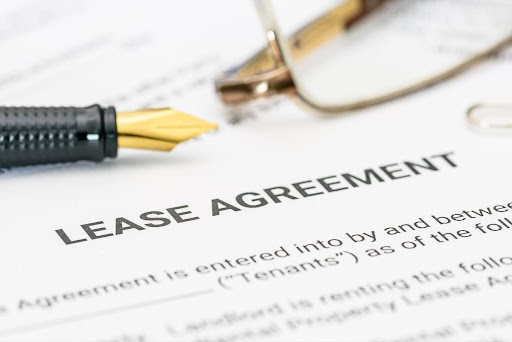
When entering the world of real estate investment, one of the most crucial aspects to understand is the lease terms associated with your commercial properties. A well-structured lease can significantly impact the success of your investment, particularly when it comes to ensuring flexibility. As market conditions and tenant needs can change over time, having flexible lease terms allows you to adapt to these changes and protect your investment. Here’s what new real estate investors should look for in their lease terms to ensure they retain flexibility.
1. Lease Duration and Renewal Options
One of the primary factors to consider is the lease duration. While long-term leases can provide stability, they can also limit your ability to adapt to changing market conditions. To strike a balance, consider including renewal options that give tenants the choice to extend their lease under predefined terms. This not only offers tenants security but also provides you with the flexibility to renegotiate terms based on current market conditions at the time of renewal.
2. Early Termination Clauses
Incorporating an early termination clause is another way to build flexibility into your lease agreements. This clause outlines the conditions under which either party can terminate the lease before the end of the term. It can be particularly beneficial in situations where a tenant’s business is struggling, as it allows for an amicable end to the lease without extensive legal battles. For investors, it offers the opportunity to find a new tenant who may be better suited to the space or market conditions.
3. Rent Escalation Clauses
A rent escalation clause allows for periodic adjustments to the rent, typically based on inflation or market conditions. This provides flexibility by ensuring that the rental income keeps pace with economic changes, protecting your investment from becoming undervalued over time. It’s important to structure these clauses clearly to avoid disputes and ensure they are aligned with both your financial goals and the tenant’s ability to pay.
4. Subleasing and Assignment Provisions
Allowing tenants the option to sublease or assign their lease to another party can add a layer of flexibility for both the tenant and the landlord. For tenants, it offers a way out if their business needs change, while for landlords, it reduces the risk of vacancies. However, it’s crucial to include provisions that require the landlord’s approval of the new tenant, ensuring that the incoming business is suitable and financially stable.
5. Maintenance and Repair Obligations
Understanding and negotiating the terms related to maintenance and repair obligations is essential for flexibility. Leases that place too much responsibility on the landlord can be costly, especially if major repairs are needed. Consider negotiating triple-net leases (NNN), where the tenant is responsible for property taxes, insurance, and maintenance, providing you with more financial flexibility.
6. Co-Tenancy and Exclusivity Clauses
If your property is part of a larger retail or commercial development, consider including co-tenancy and exclusivity clauses in your lease agreements. Co-tenancy clauses allow tenants to reduce rent or terminate the lease if certain anchor tenants leave, providing them with flexibility. Exclusivity clauses prevent other tenants from offering the same products or services, ensuring your tenant’s business remains competitive, which in turn helps you retain tenants and reduce turnover.
7. Force Majeure Clauses
Incorporating a force majeure clause can protect both parties in the event of unforeseen circumstances such as natural disasters, pandemics, or other events beyond their control. This clause can provide temporary relief or allow for renegotiation of lease terms, offering flexibility in crisis situations.
8. Right to Relocate Clause
A right to relocate clause can be a strategic tool in your lease agreements. This clause gives the landlord the ability to relocate a tenant within the same property or complex under specific conditions. It’s particularly useful in multi-tenant buildings where space optimization is necessary. For investors, it offers flexibility in managing and optimizing the use of space within the property.
Conclusion
As a new real estate investor, understanding and negotiating lease terms that offer flexibility is crucial to protecting and maximizing your investment. By carefully considering the duration, termination options, rent adjustments, subleasing provisions, maintenance responsibilities, and other key clauses, you can create lease agreements that adapt to changing market conditions and tenant needs. This approach not only safeguards your investment but also positions you as a savvy and responsive landlord, capable of navigating the dynamic world of commercial real estate.
As you venture into real estate investment, understanding the nuances of lease terms is critical to securing flexible and beneficial agreements. The Bill Gladstone Group is here to support you in navigating these complexities. Our expertise in commercial real estate can help you craft lease agreements that safeguard your investments and adapt to market changes. Visit our website for more insights and personalized advice, and let us guide you in maximizing the potential of your real estate portfolio.

